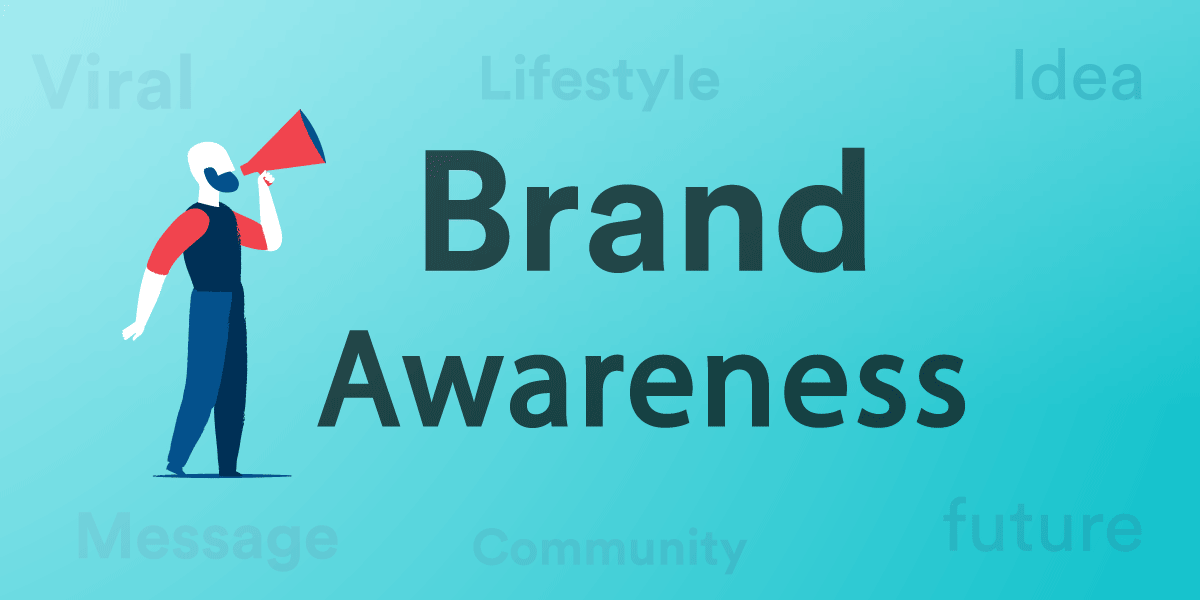
Introduction:
In today’s digital age, brand awareness plays a vital role in the success of educational institutions. With the ever-increasing competition, it’s crucial for schools, colleges, and universities to establish a strong brand presence. One effective strategy for achieving this is leveraging social media ads. In this blog, we will explore how educational institutions can utilize social media ads to build brand awareness and engage with their target audience effectively.
I. Understanding the Target Audience:
Before embarking on any marketing campaign, it is essential to understand the target audience. For educational institutions, this involves identifying the ideal audience, their preferences, and behaviors. Conducting market research can provide valuable insights into the demographics, interests, and online habits of prospective students and parents.
II. Choosing the Right Social Media Platforms:

Not all social media platforms are created equal, and each has its strengths and weaknesses. It is important for educational institutions to evaluate which platforms align best with their target audience and institutional goals. Popular platforms such as Facebook, Instagram, LinkedIn, and YouTube offer diverse opportunities for engaging with the audience.
III. Defining Clear Objectives and Key Performance Indicators (KPIs):
To measure the success of social media ad campaigns, it’s crucial to establish clear objectives and key performance indicators (KPIs). Whether the goal is to increase website traffic, boost enrollment numbers, or improve brand recognition, defining specific goals and relevant metrics will help in evaluating the campaign’s effectiveness.
IV. Crafting Compelling Ad Content:

Educational institutions need to create engaging ad content that resonates with their target audience. Storytelling can be a powerful tool in conveying the institution’s values, mission, and unique offerings. Utilizing high-quality visuals, captivating ad copy, and incorporating testimonials and success stories can further enhance the credibility and appeal of the ads.
V. Targeting and Segmenting the Audience:
Social media platforms offer sophisticated targeting options that allow educational institutions to reach the right audience. By segmenting the audience based on demographics, interests, and behavior, institutions can tailor their ads to specific groups, maximizing the relevance and impact of their campaigns.
VI. Budgeting and Allocating Resources:
Setting a realistic budget for social media ad campaigns is crucial. It is essential to determine the appropriate allocation of resources across different platforms and campaigns based on the institution’s goals and target audience. Monitoring the performance and adjusting the budget accordingly is a continuous process.
VII. Tracking and Analyzing Performance:

Implementing tracking tools and analytics is imperative to monitor the performance of social media ads. By analyzing data and metrics, educational institutions can gain valuable insights into the effectiveness of their campaigns. This data-driven approach helps identify strengths, weaknesses, and areas for improvement.
VIII. A/B Testing and Optimization:
To maximize the impact of social media ads, institutions can conduct A/B tests to evaluate different ad variations and strategies. By comparing the performance of different elements such as visuals, headlines, and call-to-action, they can make data-driven decisions to optimize ad performance and achieve better results.
IX. Leveraging Influencers and User-Generated Content:
Collaborating with influencers in the education industry can amplify brand reach and credibility. Partnering with reputable individuals who have a strong following can help educational institutions extend their brand’s visibility. Additionally, encouraging user-generated content, such as student testimonials or alumni stories, can increase engagement and add authenticity to the brand.
X. Measuring Success and Adjusting Strategies:
To gauge the overall impact of social media ad campaigns, it’s essential to measure success against the defined objectives and KPIs. By evaluating the results, institutions can make necessary adjustments and refinements to their strategies. A continuous cycle of monitoring, analyzing, and optimizing is crucial for long-term success.
Conclusion:
In an increasingly competitive educational landscape, building brand awareness is paramount for institutions looking to thrive. Leveraging social media ads offers immense opportunities to reach and engage with the target audience effectively. By understanding the audience, choosing the right platforms, crafting compelling content, and continuously optimizing campaigns, educational institutions can create a strong brand presence and stand out in the digital space. Embracing social media ads as part of a comprehensive marketing strategy will pave the way for long-term success and growth.
Furthermore, the power of social media ads lies in their ability to provide measurable results and insights. By utilizing tracking tools and analytics, educational institutions can not only measure the success of their campaigns but also gain valuable data-driven insights. This information can be used to make informed decisions and refine strategies to continually improve brand awareness efforts. Social media ads offer the advantage of flexibility and adaptability, allowing institutions to adjust targeting, messaging, and visuals based on real-time feedback.
With each iteration, institutions can fine-tune their approach, ensuring that their brand message resonates with the target audience and maximizes the impact of their advertising efforts. By embracing social media ads as a key component of their marketing toolkit, educational institutions can effectively build brand awareness, engage with their audience, and ultimately achieve their enrollment and growth objectives.